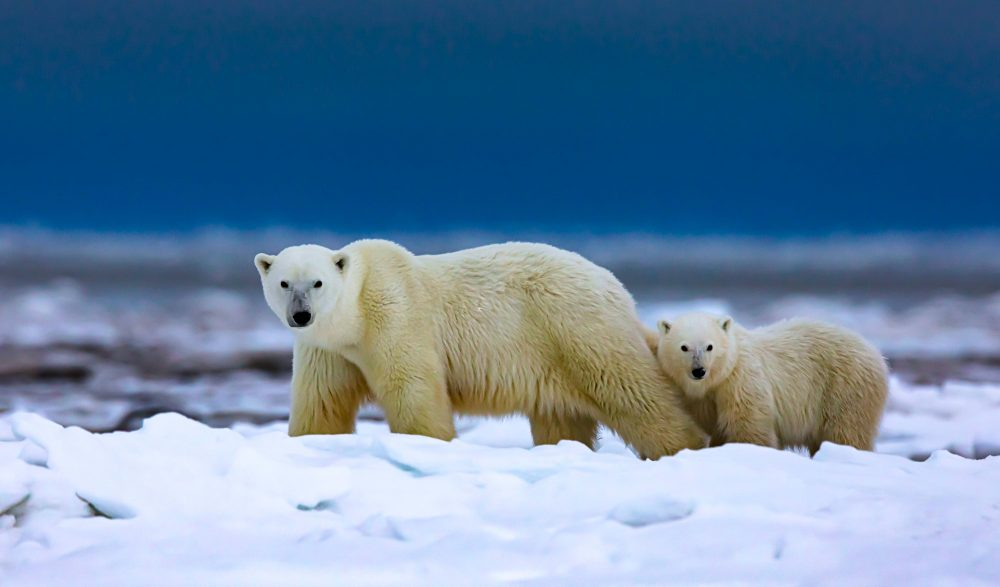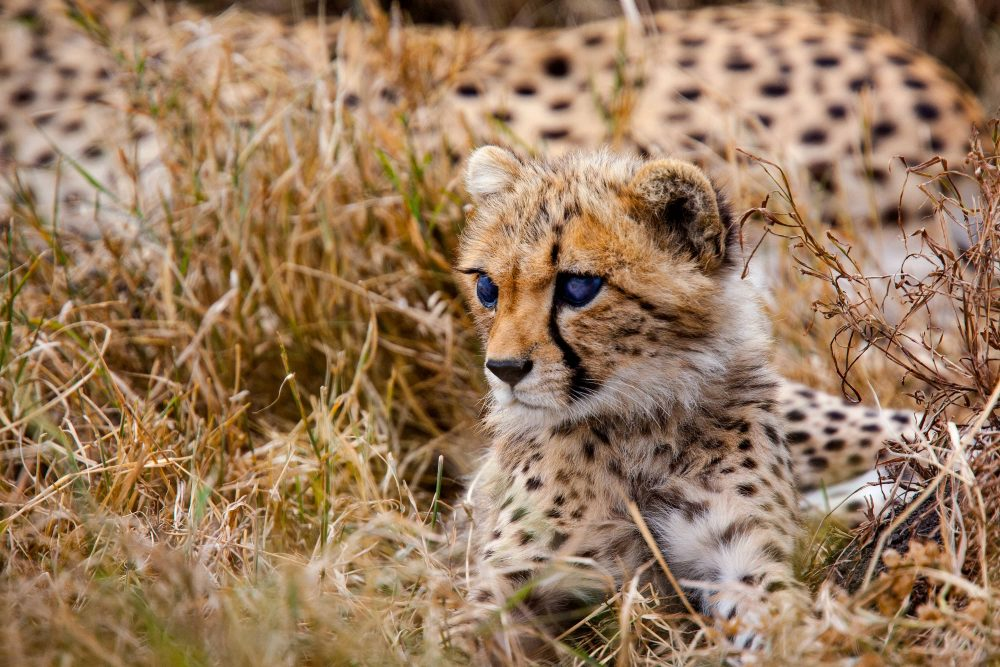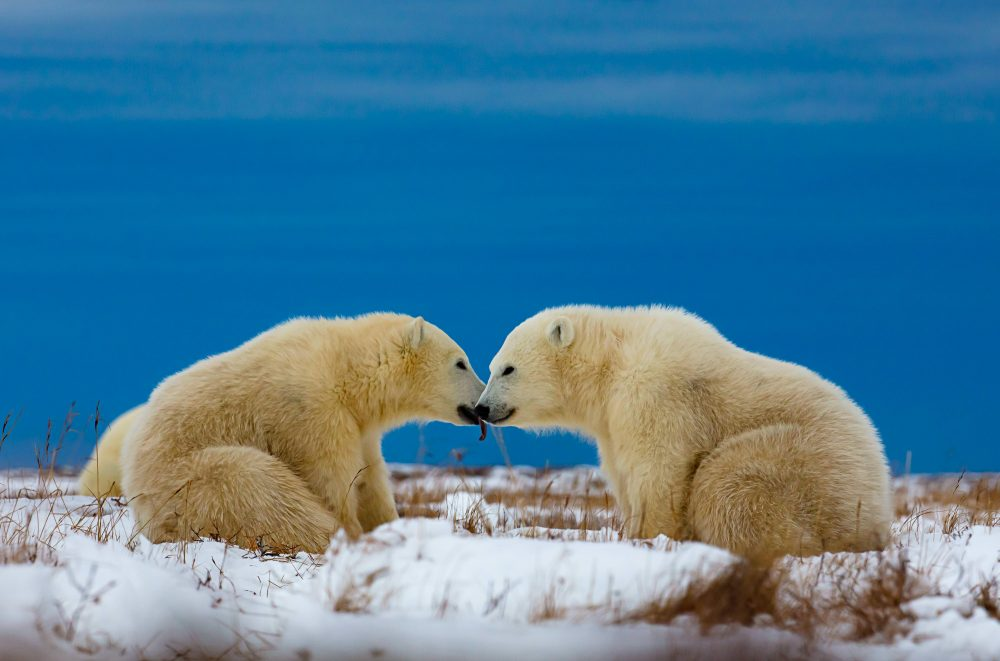Wildlife photography is thrilling, but it is not without risk. For Marko Dimitrijevic, some of the most unforgettable lessons came from confronting fear moments when the wild reminded him that respect, caution, and awareness are as vital as any camera or lens. These experiences, often intense and unpredictable, shape both the photographer’s skill and his appreciation for nature’s raw power.
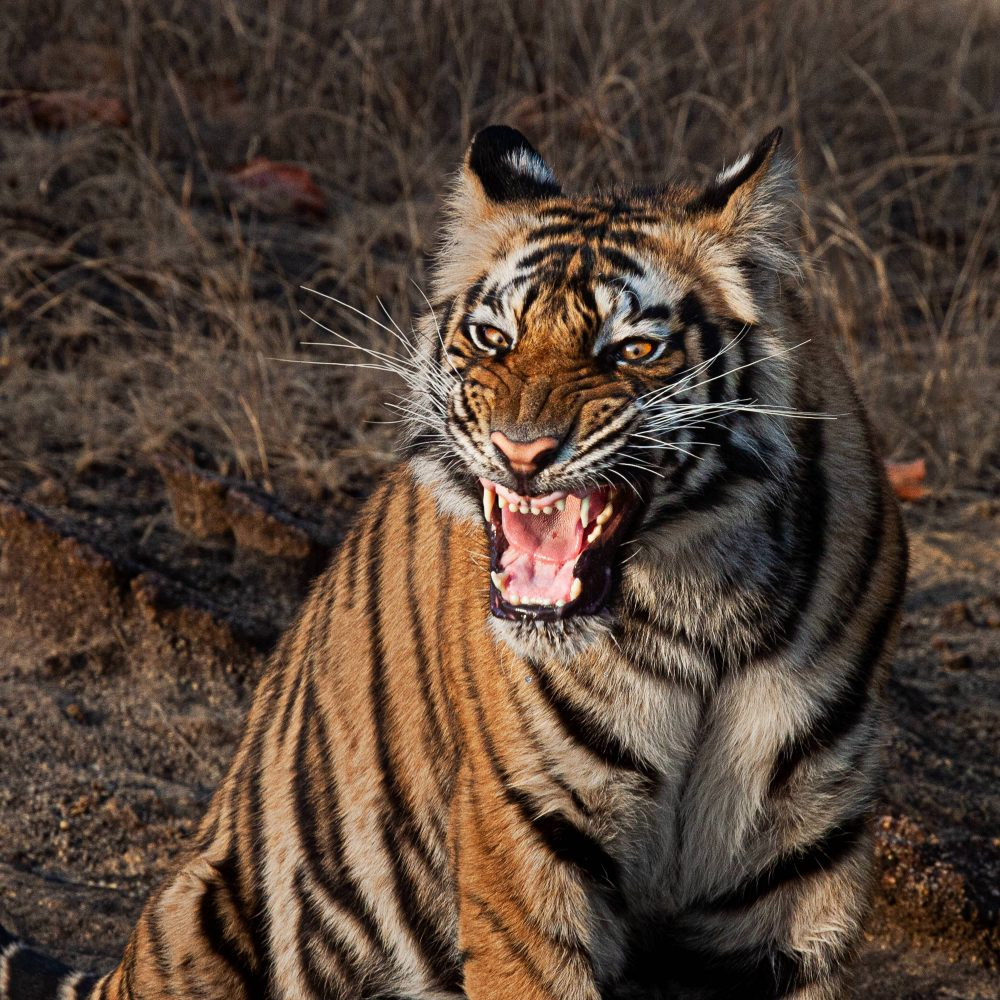
The Charge of a Bull Elephant
One of Marko’s earliest and most terrifying encounters was with a bull elephant in the African savanna. While observing a herd from a safe distance, a sudden movement in the grass revealed a solitary bull approaching faster than anticipated.
“Your heart races, adrenaline spikes, and every instinct screams to move,” he recalls. “But panicking only makes the situation worse.” Marko slowly retreated, maintaining eye contact and using natural cover, managing to capture a dramatic image of the elephant in motion. The experience taught him that fear can sharpen focus and decision-making if channeled correctly.
Close Call with a Polar Bear
In the Arctic, Marko faced a different kind of fear of survival in extreme conditions. While photographing a polar bear on drifting ice, the bear unexpectedly changed course, coming closer than expected.
“You’re in subzero temperatures, miles from help, and suddenly the apex predator of the Arctic is within striking distance,” he explains. “Every decision must be calm, deliberate, and informed by knowledge of animal behavior.” By respecting the bear’s space and retreating strategically, Marko not only ensured safety but captured an image that conveyed the raw majesty of the Arctic predator.
The Rainforest Surprise
In dense rainforests, fear can be subtle, a sudden rustle, glowing eyes in the darkness, or venomous snakes camouflaged in foliage. Marko recounts an encounter with a jaguar, where patience and stealth were essential for both safety and photography.
“The jaguar appeared silently, and for a moment, I froze,” he remembers. “Fear becomes a tool you heighten your senses, your observation, and your response. In that pause, I captured one of the most intimate shots of my career.” These experiences reveal that fear is not the enemy of photography but a signal to approach wildlife with respect and caution.
Fear as a Teacher
For Marko, fear teaches humility and discipline. It reminds photographers that the wild is not a controlled environment and that every encounter carries inherent unpredictability. Learning to manage fear ensures that photographers make ethical decisions, maintain safety, and avoid reckless behavior.
“Fear sharpens awareness,” he says. “It makes you read the environment, anticipate movements, and respect the power of the animals you photograph. It’s an invisible guide that, when understood, enhances both safety and creativity.”
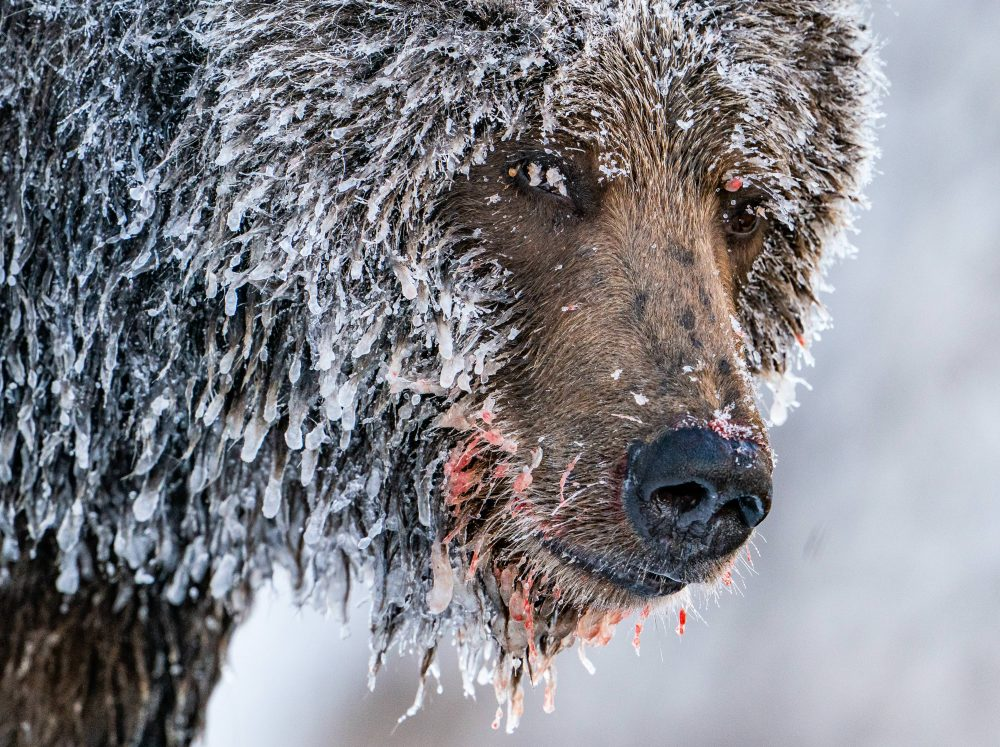
Practical Tips for Managing Fear in the Wild
- Knowledge is Power: Understand the species you’re photographing behavior, territory, and risk factors.
- Maintain Distance: Long lenses allow you to capture close-up shots without entering danger zones.
- Plan Exits: Always know escape routes and safe zones in case of unexpected encounters.
- Stay Calm: Controlled breathing and focus prevent panic and poor decision-making.
- Work With Experts: Local guides and wildlife experts provide crucial insights for safety and positioning.
By combining preparation with mindfulness, photographers can navigate fear and turn tense moments into opportunities for exceptional images.
The Reward Beyond Fear
Moments of fear often lead to the most compelling photography. Whether it’s the intensity in an elephant’s eye, the stealth of a jaguar, or the sheer presence of a polar bear, these encounters provide images charged with emotion and authenticity.
“Some of the shots I cherish most came from moments when fear was present,” Marko reflects. “That tension translates into the photograph, allowing viewers to sense the drama and gravity of the encounter.” Fear, when respected and managed, adds depth to storytelling, making the photograph resonate on a visceral level.
Lessons Learned
Overcoming fear is not about taking unnecessary risks, it’s about understanding limits, respecting wildlife, and trusting your skills and instincts. For Marko, every close call reinforced the importance of preparation, ethical practice, and situational awareness.
“Wildlife photography is a dialogue with nature,” he says. “Fear is part of that conversation. It teaches patience, respect, and awareness, all of which elevate both your photography and your connection to the wild.”
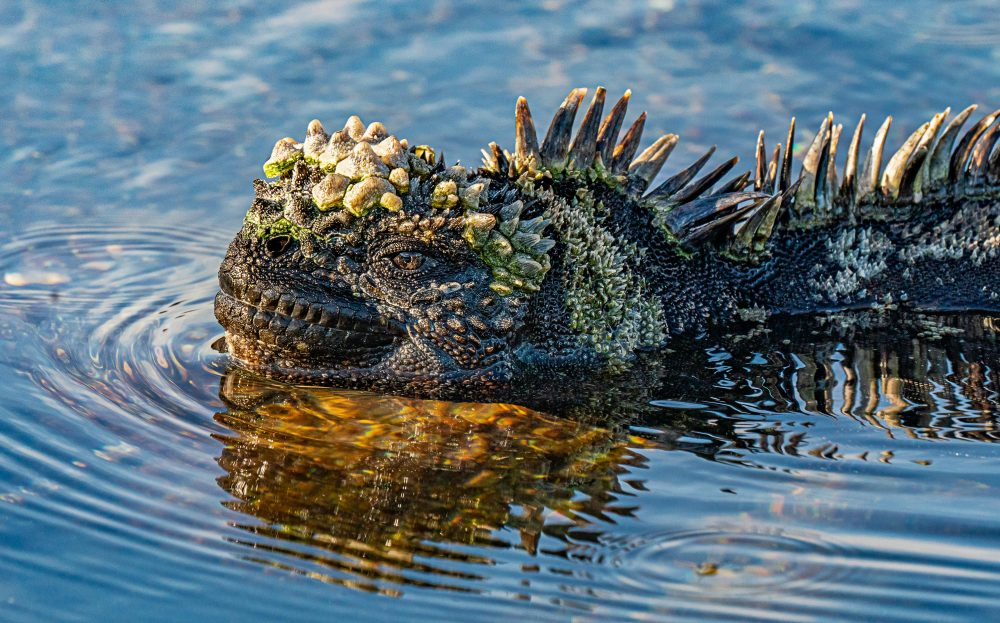
Conclusion
Wildlife photography is a journey into unpredictable and often intimidating environments. Facing fear is an integral part of this journey, teaching photographers to be vigilant, patient, and respectful. Marko Dimitrijevic’s close encounters from charging elephants to stealthy jaguars illustrate that fear, when understood and managed, can transform into a tool for focus, creativity, and ethical photography.
In the wild, courage is not the absence of fear it is the ability to act wisely in its presence. Each photograph born from these experiences carries the tension, awe, and respect of the moment, giving viewers a glimpse of life untamed and unfiltered.
